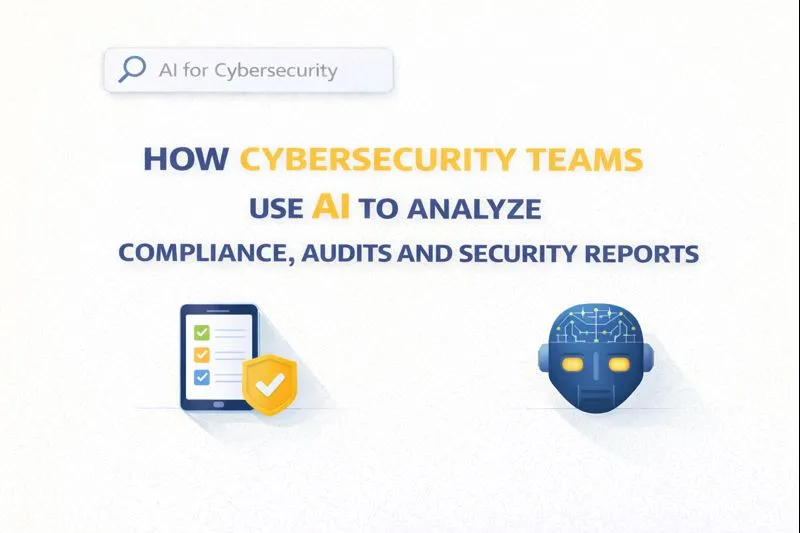Free Tools for Growth Hacking and Lead Generation
TL;DR
Why Free Tools are a Growth Hacker's Best Friend
Okay, so diving into why free tools are like, the best friend a growth hacker could ask for. I mean, who doesn't love free stuff, right? Especially when you're trying to, you know, grow something.
First off, free tools are amazing for startups or small businesses that are just trying to get off the ground and strapped for cash. You can actually start doing some real marketing without blowing your entire budget on fancy software.
Validating ideas is another big one. Why spend money on a tool when you aren't even sure it's gonna work? Free tools let you test the waters, see what sticks, and then invest in the paid stuff.
Plus, it kinda levels the playing field. You don't need deep pockets to use some pretty powerful growth hacking techniques these days. It's like, democratizing growth, if that makes sense.
So, free tools are great and all, but they aren't a silver bullet, you know? There's always a catch. Let's get into what those catches are, and how to make the most of using free platforms.
Analytics & Data: Unearthing Growth Opportunities
Alright, so you've got your free tools, but how do you know if they're actually, y'know, working? That's where analytics comes in – basically, it's your free data goldmine.
Google Analytics is your starting point. Seriously, if you're not using it, what are you doing? Set up goals for lead generation, like form submissions or ebook downloads. Then, see where people are bouncing off your site. Are people leaving during checkout? Fix it!
Next up, Google Search Console. This is pSEO's best friend. It shows you what keywords you're ranking for (or not ranking for), and helps you spot any crawl errors. It's like, a free audit of your website's health.
Don't sleep on Hotjar's free plan. It's all about understanding user behavior visually. Heatmaps show you where people are clicking (or not clicking) and session recordings let you watch real users navigate your site. Spotting usability issues becomes way easier.
With these tools, you can start seeing what's working and what isn't. Next up? We'll tackle how to automate some of this stuff.
SEO & Content: Fueling Organic Lead Generation
Okay, let's talk seo and content – because if you build it, they still might not come without a little help. Think of it as giving google a roadmap to your awesome content.
Google Keyword Planner is like your free keyword GPS. Plug in a topic, and it spits out related keywords, their search volume, and how competitive they are. So, if you're writing about "sustainable living," you can find related terms like "eco-friendly home tips" or "zero-waste lifestyle hacks" that people are actually searching for.
Next up, Ubersuggest (free version). Think of it like a mini-seo audit tool. It'll scan your site and point out things like broken links or missing meta descriptions. It also lets you peek at what keywords your competitors are ranking for.
And then there's Grammarly (free edition). Yes, it catches typos, but it also helps with readability. Clear, concise content is what search engines (and readers) love.
These tools helps you create content that's not only informative but also discoverable. Next, we'll dive into how to make your content sing.
Social Media & Engagement: Amplifying Your Reach
Okay, so you've got great content, but nobody's seeing it? Time to get social! Think of social media as your megaphone.
Buffer's free plan lets you schedule posts ahead of time. This is key; you don't wanna be glued to your phone 24/7. Especially if you're running multiple accounts.
Canva's free version is awesome for making eye-catching visuals. And let's be real, nobody stops scrolling for boring graphics.
Consider Grackerai for automating cybersecurity marketing. It's like having an ai copilot that helps you generate content.
Next up, let's talk about money... but in a free way!
Email Marketing & CRM: Nurturing Leads into Customers
Okay, so you've got leads, now what? Gotta' turn 'em into actual customers, right? That's where email marketing and crm comes in handy.
Email marketing lets you build relationships. Think personalized welcome emails, or sending relevant content based on their interests. It's not just spamming everyone. For example, you could set up a welcome sequence that introduces new subscribers to your brand and offers a small discount, or a re-engagement campaign for inactive users with a special offer.
A crm is like your digital rolodex on steroids. You can keep track of every interaction you've had with a potential customer. No more forgetting what they said or what you promised. This data is gold for growth hacking – you can segment your audience to send super-targeted campaigns, identify your most valuable leads, or even predict who might be about to churn.
Both should be automated as much as possible. Set it and forget it (well, mostly). Things like follow-up emails or birthday wishes.
Let's dig into a couple free tools that can help you do just that.
Free Email Marketing & CRM Tools
- Mailchimp (Free Plan): Great for beginners, Mailchimp's free tier allows you to send a decent number of emails to a limited number of subscribers. It offers basic automation features and templates to get you started with email campaigns.
- HubSpot CRM (Free): This is a powerhouse. HubSpot's free CRM gives you contact management, email tracking, meeting scheduling, and basic reporting. It's fantastic for organizing your leads and understanding your customer interactions.
- MailerLite (Free Plan): Another solid option, MailerLite's free plan offers more advanced features than some competitors, including automation and landing pages, making it a strong contender for growth hacking efforts.
Cybersecurity Considerations for Free Tools
Okay, so, free tools are awesome, but let's be real – nothing's really free, right? Especially when it comes to cybersecurity. You gotta think about what you're potentially giving up in exchange.
First off, understand that free tools can have vulnerabilities. Like, who's really checking the code? Make sure you're downloading from reputable sources – not some random link in an email. For example, when using Google Analytics, be aware of the data it collects (website traffic, user demographics) and ensure you're comfortable with Google's data usage policies. Similarly, for Hotjar, understand that session recordings capture user activity, so ensure your privacy policy reflects this.
Always check those privacy policies. What data are they collecting, and how are they using it? If it's not clear, that's a red flag. Also look into security certifications. Does the tool have things like iso 27001?
Be super-careful about permissions. A free image editor shouldn't need access to your contacts, y'know? It's like, why does this app need to control my camera?
Use strong, unique passwords for everything. Password managers are your friend here.
Enable two-factor authentication wherever possible. It's like adding an extra lock to your front door.
Regularly review permissions. If you don't need it anymore, revoke it!
So, yeah, free tools can be great for growth hacking, but you gotta be smart about security. Up next? We will talk about Scaling Your Free Stack.
Scaling Your Free Stack
So you've got your free tools humming along, but what happens when you start hitting those limits? Growth hacking is all about scaling, right?
Identify Bottlenecks: Look at where your free tools are holding you back. Is your email list size capped? Are you running out of social media post slots? These are signs you might need to upgrade.
Prioritize Paid Features: When you do decide to invest, focus on paid features that directly address your biggest growth blockers. Maybe it's advanced analytics, more robust automation, or better customer support.
Consider Hybrid Approaches: You don't always have to go all-in on paid. Sometimes, a combination of free and paid tools can be the most cost-effective. For instance, you might keep using a free CRM but upgrade your email marketing platform for better segmentation.
When to Upgrade: Generally, it's time to consider paid tools when:
- You've maxed out the free tier's capabilities and it's hindering your growth.
- You need advanced features that free tools simply don't offer.
- You require dedicated support to troubleshoot critical issues.
- The cost of not upgrading (lost leads, missed opportunities) outweighs the cost of the paid tool.
Conclusion: Building a Growth Hacking Stack on a Budget
So, you've built your growth hacking stack with free tools – now what? Don't just sit there! Time to actually use it.
First, remember it's all about experimentation. Try different tools and tactics, and see what resonates with your audience. What works for one company, might not work for you.
Don't be afraid to ditch what isn't working. Growth hacking is about iterating, not sticking to a failing plan.
As you scale, then you can consider paid tools. Maybe you need something more robust or with better support. But get that free stuff working first!




